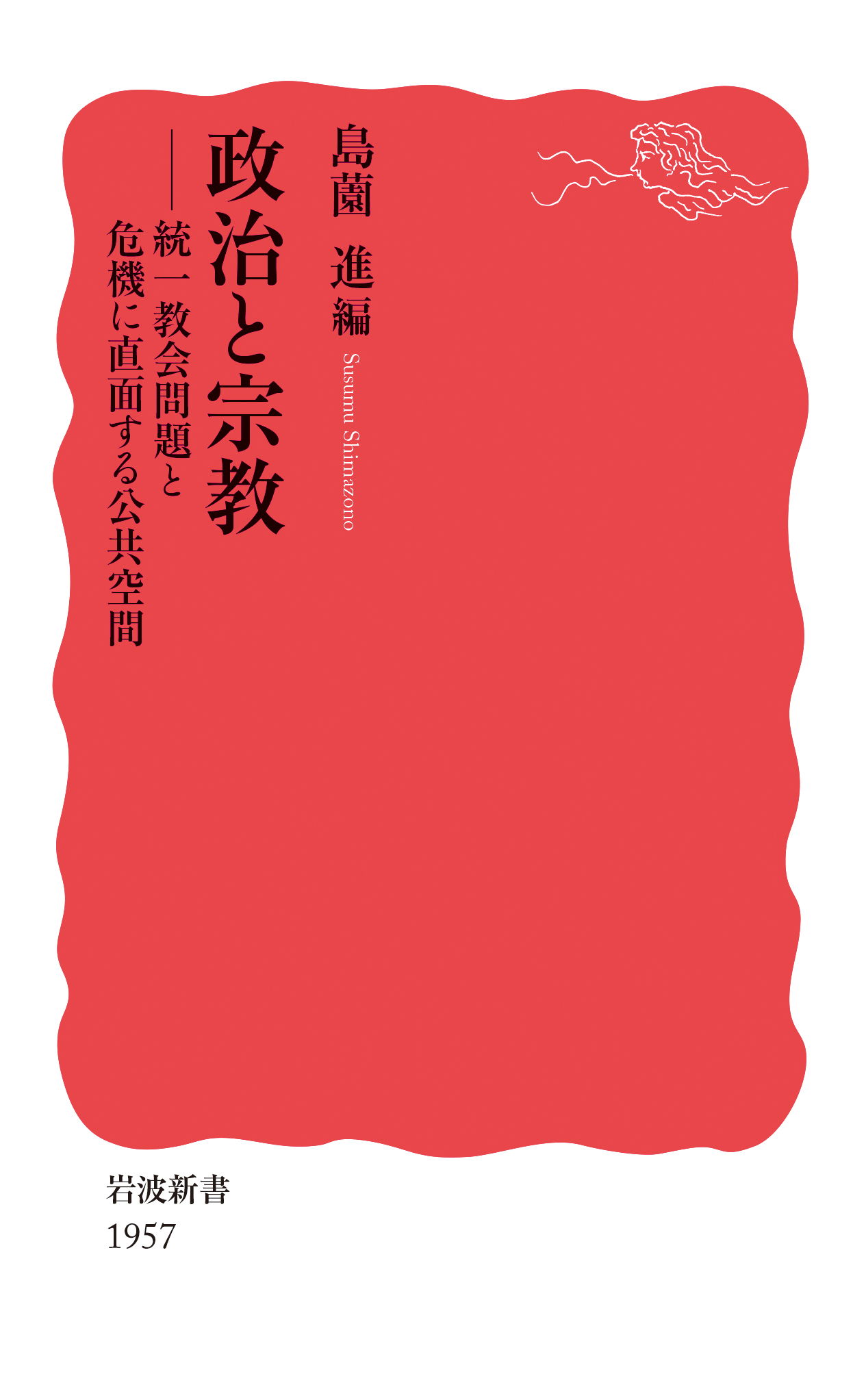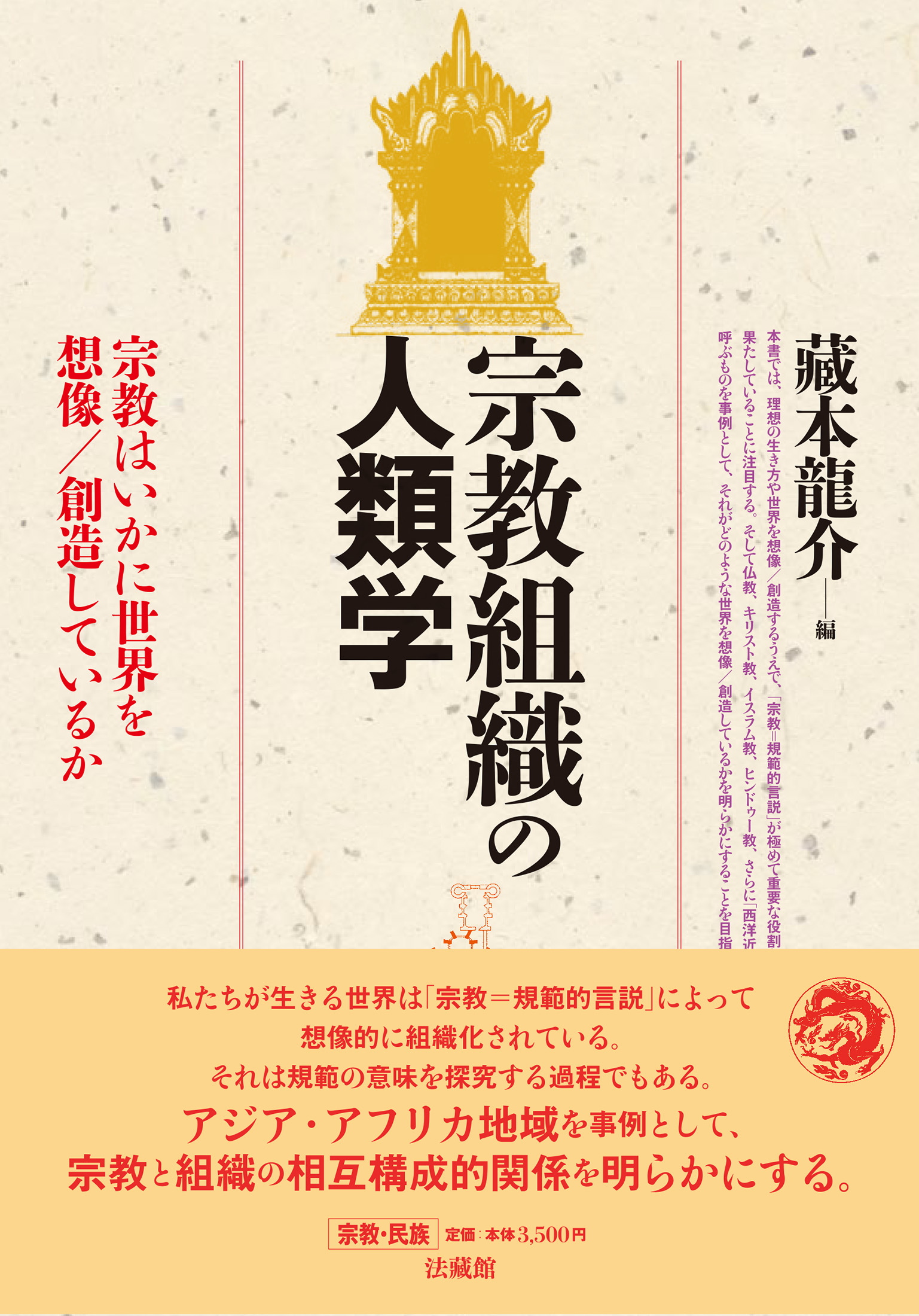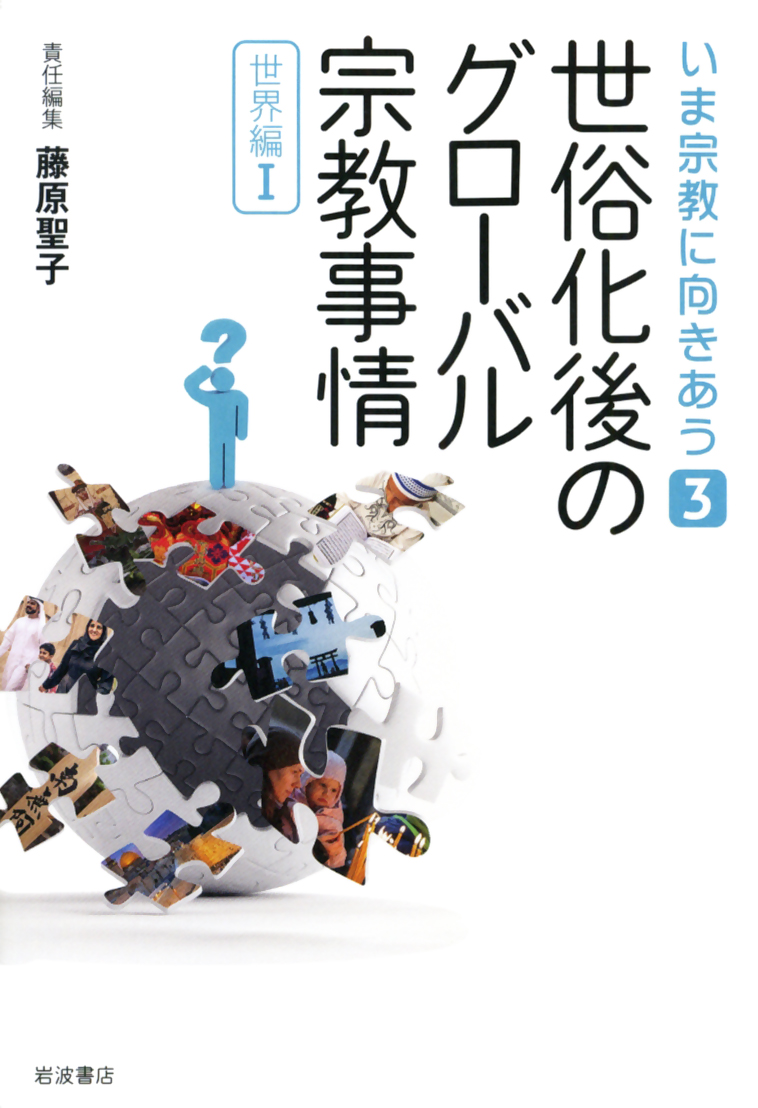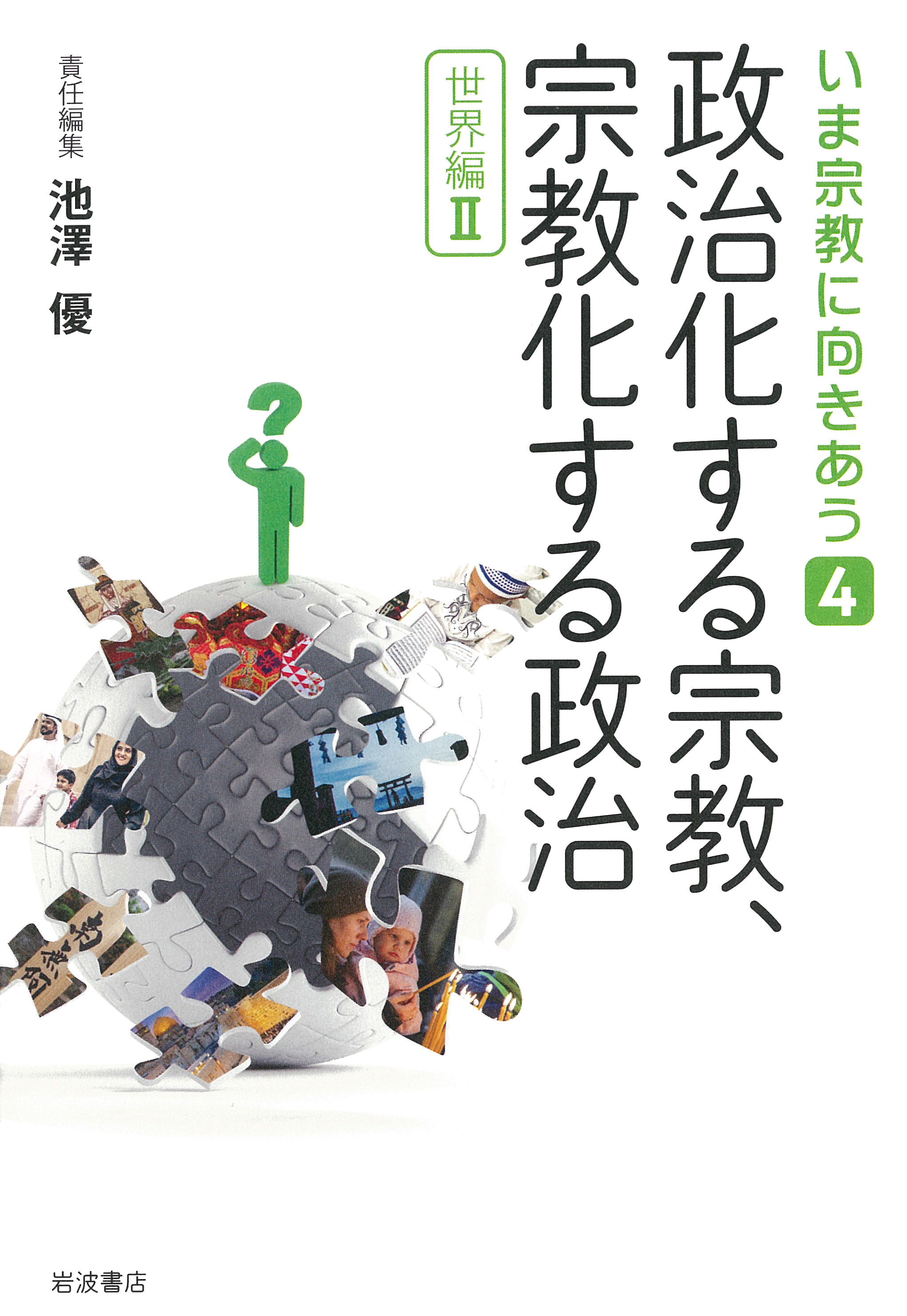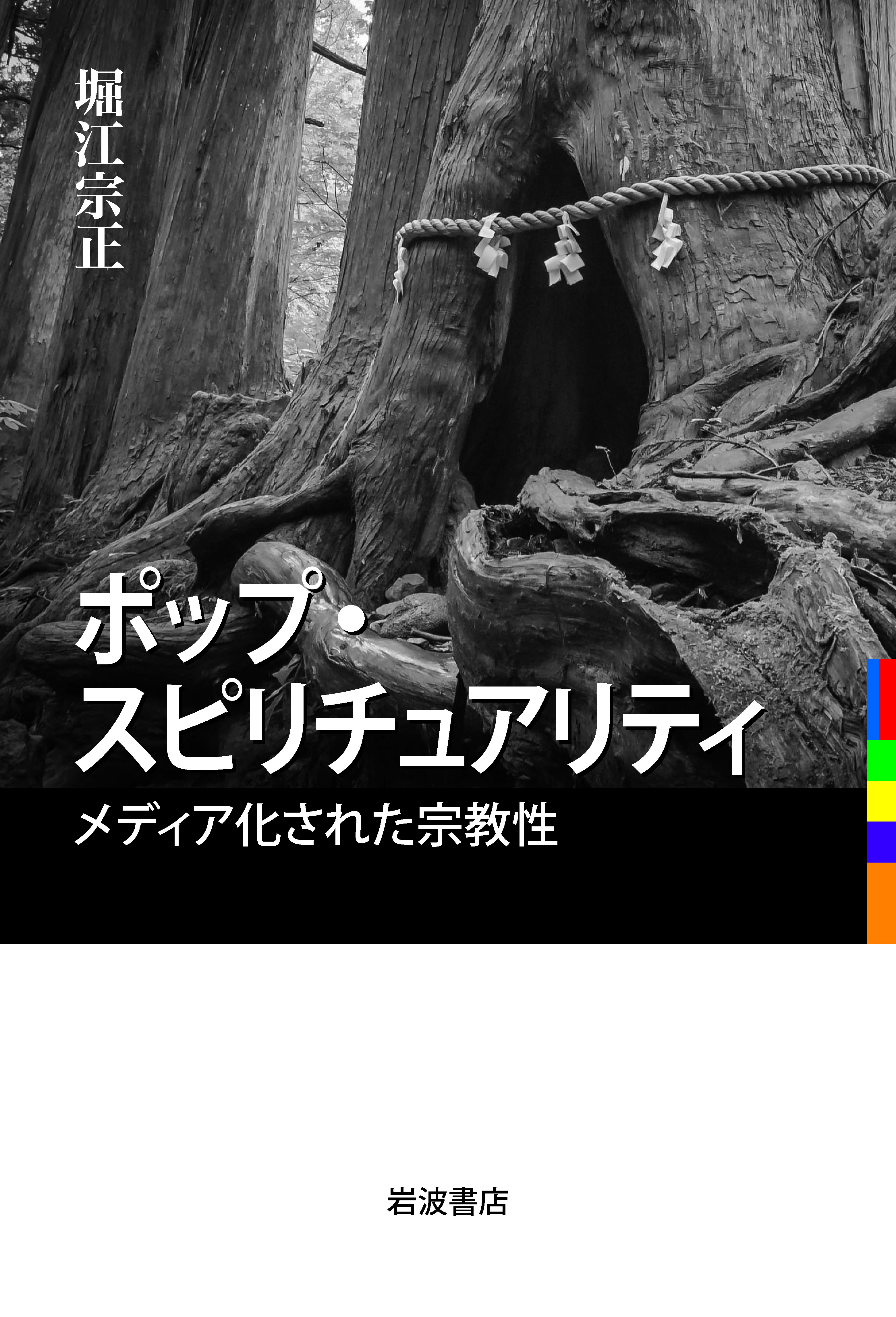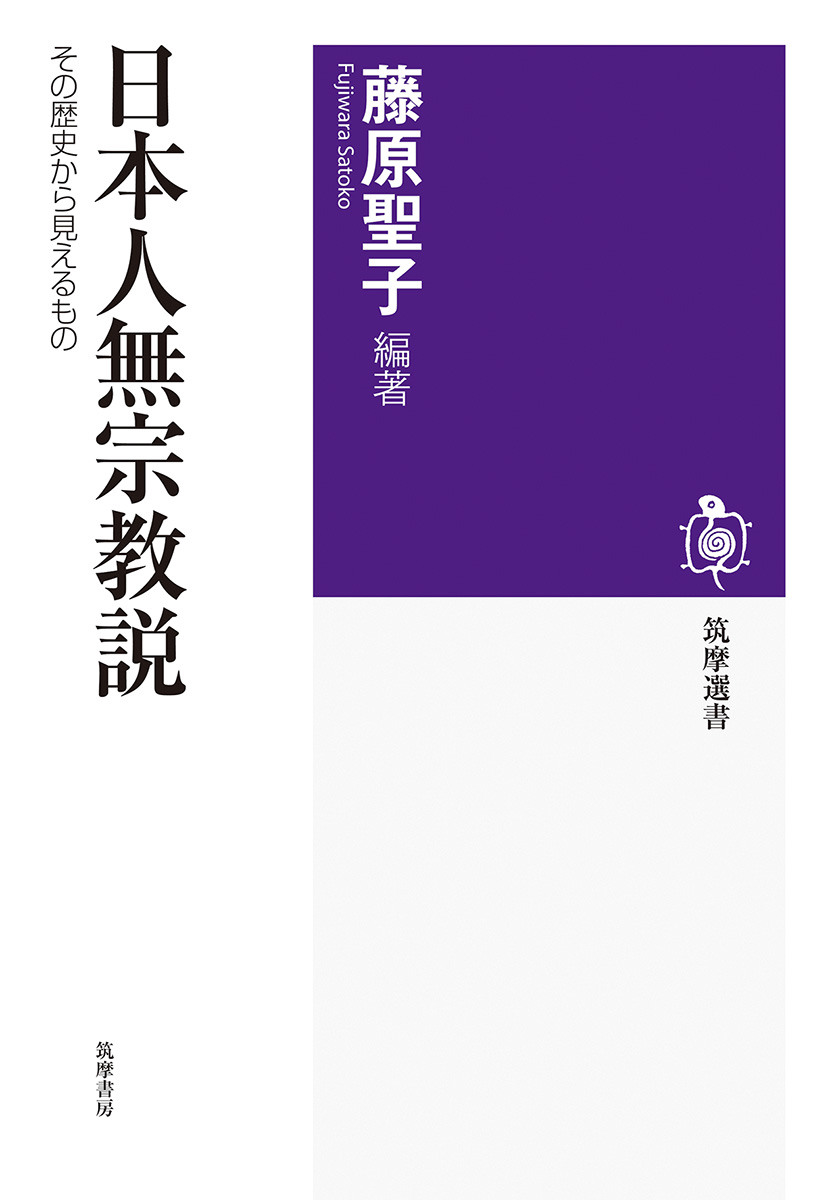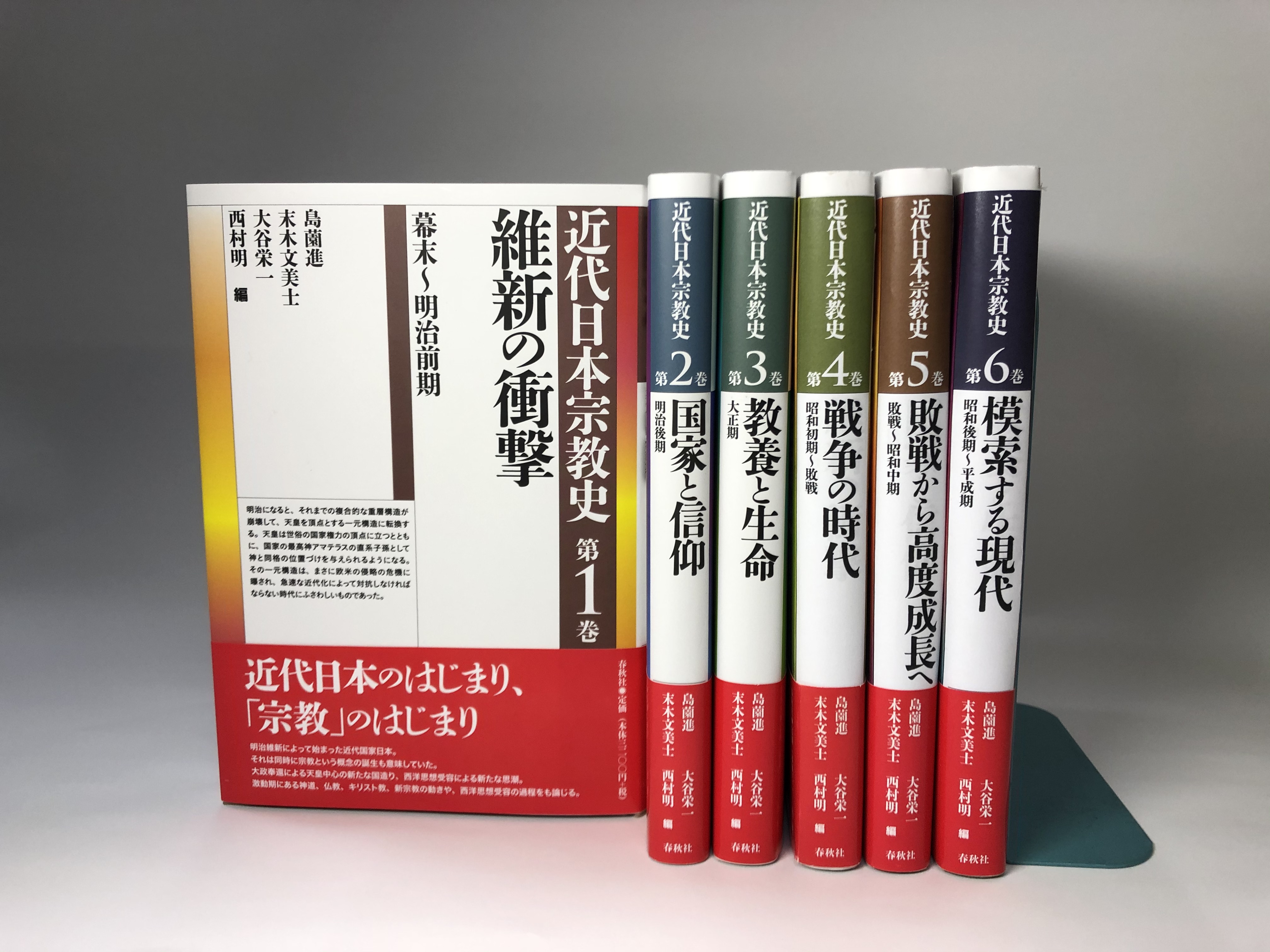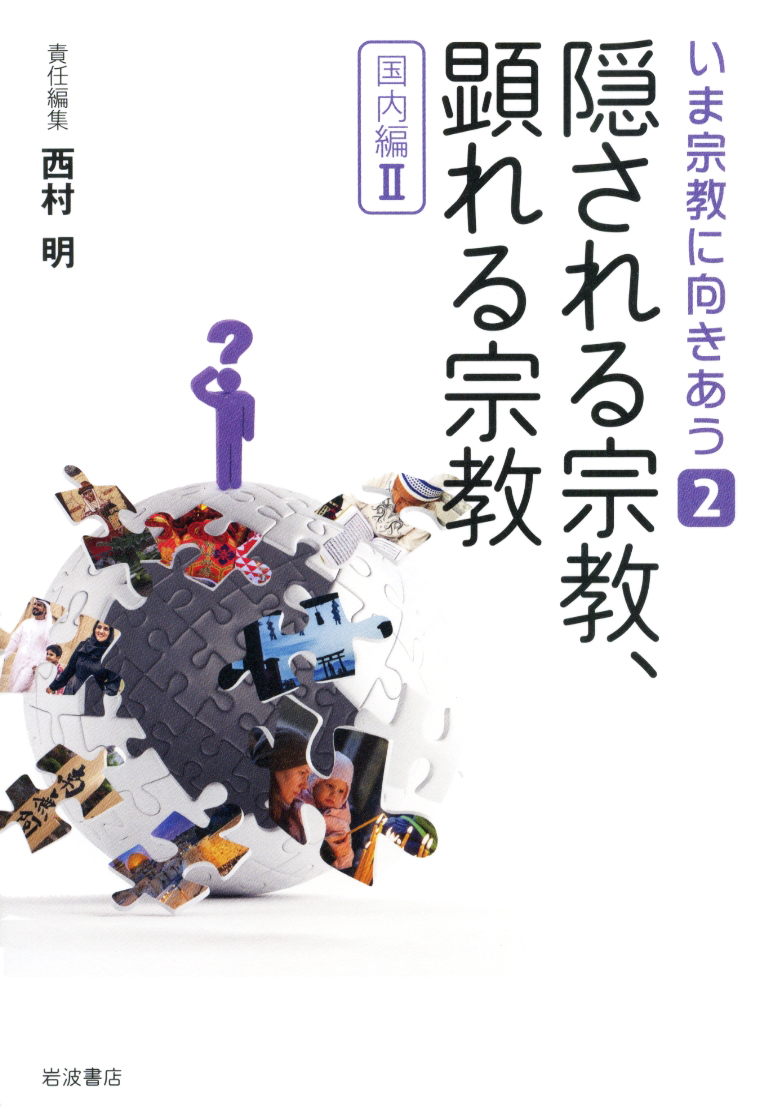
Title
Facing Religions Right Now 2 Kakusareru shūkyō, arawareru shūkyō (Hidden Religion, Visible Religion: Domestic Edition II)
Size
268 pages, 127x188mm, softcover
Language
Japanese
Released
October 25, 2018
ISBN
9784000265089
Published by
Iwanami Shoten
Book Info
See Book Availability at Library
Japanese Page
This book is the second volume of Facing Religions Right Now (Ima shūkyō ni mukiau), a four-volume series on the situation of religion in Japan and around the world since the 2000s. It has become increasingly difficult to explain complex societal phenomena without referencing religion. Unfortunately, the media and scholars in other disciplines have made little use of the accumulated research in religious studies, with the result that what understanding there is of religion tends to be superficial and one-sided. The aim of this series is to provide easy-to-understand analyses while maintaining a certain level of academic standards. Volumes 1 and 2 focus on religion in Japan and volumes 3 and 4 on religions around the world. The odd-numbered volumes discuss the current state of traditional and new religions, and of spirituality, from the perspective of how they once were, as well as the diversification of religions in the context of globalization. The even-numbered volumes offer various perspectives on the relationship between religion, politics, and society.
As a guide for readers, a short column has been included at the beginning of each part called "Points of Contention.” These columns introduce the particularly “hot” topics that are currently being debated inside and outside the field of religious studies and the various arguments that are being made.
The volume 2 that I was responsible for editing attempt to capture how what we have come to regard as “religion” is at times hidden under the surface of society and at other times becomes visible but in different ways, by examining the reversing trend towards re-sacralization and de-personalization that is currently taking place after the apparent distancing from religion and individualization of religion that characterized the second half of the twentieth century.
In Part I, “The Politics of ‘Separation of Church and State,’” the current state of religion in Japan is examined from the perspective of its relationship to politics. How is the system of “State Shinto” that is said to have existed before the war surviving, transforming, or disappearing in the context of politics and religion in the 2000s? This part examines, among other things, the relationship between political parties and religious groups, religious conservatism, reverence for the emperor and the imperial family, memorials and awards for war dead, and court cases on separation of church and state, to see how the relationship between religion and politics is evolving today after the drastic convolutions in the period from immediately before to immediately after the Second World War.
In Part 2, “Religion as a ‘Public Benefits,’” we examine the relationship between “religion” and “secular” society by highlighting the “public benefits” and “public nature” of various religions that is evident within Japanese society despite the perceptions to the contrary. The public benefits as well as nature of religions within society is examined from a variety of angles: the financial circumstances of various religious groups, the purported “mental care” religious actors claim as their contribution to society, the activities and aims of Buddhist practitioners who support suicidal persons and the bereaved families of persons who have lost their loved ones from suicide, the public benefit aspects and taxation of religious corporations, and the discourses and practices of feminist theologians.
Part 3, “Invisible Religions, Exposed Religions,” is an attempt to capture the aspects of religion that break away from the confines of conventional religions to manifest and disseminate in other forms. These include: the appearance of religion (and religious actors) in the media, changes in how media handles religions, the theory of Japanese culture as discussed as “non-religious,” the psycho-religious techniques used in self-help seminars and other such forums, and the manifestations of—and difficulties with—religion in the areas of medicine and health care.
(Written by NISHIMURA Akira, Associate Professor, Graduate School of Humanities and Sociology / 2021)



 Find a book
Find a book


